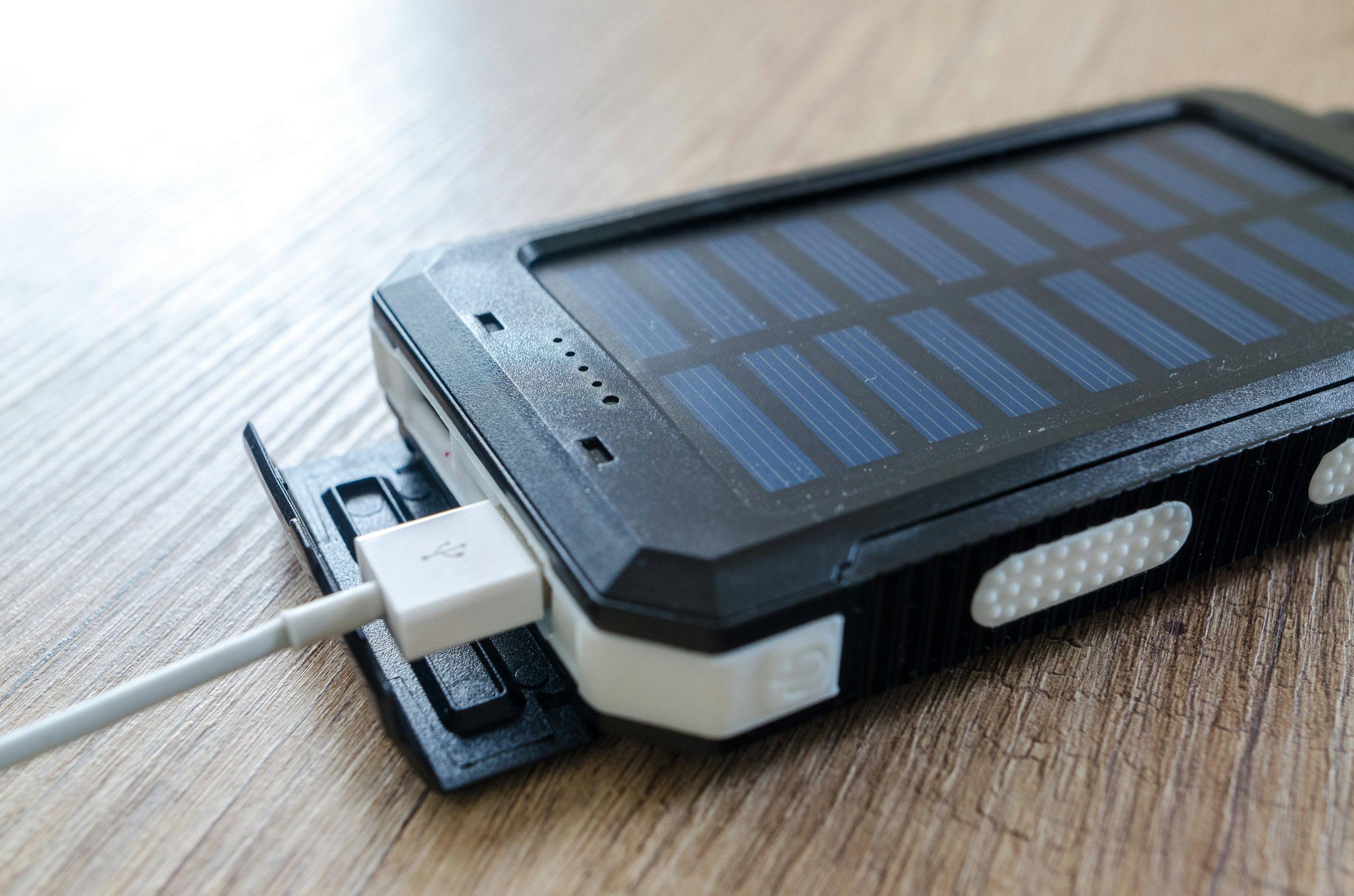Foldable phones have taken the tech world by storm, promising a futuristic blend of portability and screen real estate. But as the initial hype fades, the question remains: are they a revolutionary innovation or just a passing trend? With major players like Samsung, Huawei, and Motorola investing heavily in foldable technology, it’s worth examining whether these devices are here to stay or destined to become a niche novelty.
The Evolution of Foldable Phones
The concept of foldable phones isn’t entirely new. Early prototypes and concepts date back to the early 2010s, but it wasn’t until Samsung launched the Galaxy Fold in 2019 that the technology became commercially viable. Since then, the market has seen rapid advancements in durability, hinge mechanisms, and display quality. Today’s foldables boast ultra-thin glass, improved multitasking capabilities, and even water resistance—features that were unimaginable just a few years ago.
Despite these advancements, challenges remain. Early adopters faced issues like screen creasing, durability concerns, and sky-high price tags. However, recent iterations like the Samsung Galaxy Z Fold 5 and the Google Pixel Fold have addressed many of these pain points, making foldables more appealing to mainstream consumers.
The Pros and Cons of Foldable Technology
Advantages
- Enhanced Multitasking: A larger screen allows for split-screen apps, making productivity tasks easier.
- Portability: Foldables combine the convenience of a smartphone with the utility of a tablet.
- Innovation Appeal: Early adopters and tech enthusiasts are drawn to the cutting-edge design.
Disadvantages
- High Cost: Foldables are significantly more expensive than traditional flagship phones.
- Durability Concerns: Despite improvements, folding screens are still more fragile than rigid displays.
- Bulkier Design: When folded, some models are thicker than conventional smartphones.
Market Trends and Consumer Adoption
Foldable phones currently occupy a small but growing segment of the smartphone market. According to industry reports, global shipments of foldables are expected to surpass 50 million units by 2025. While this pales in comparison to the 1.2 billion smartphones sold annually, the growth rate is impressive.
Consumer adoption hinges on two key factors: price and durability. As manufacturing costs decrease and technology improves, foldables are becoming more accessible. Samsung’s Galaxy Z Flip series, for example, targets a younger demographic with a more affordable clamshell design. Meanwhile, Chinese brands like Oppo and Xiaomi are entering the fray, further driving competition and innovation.
The Future of Foldable Phones
So, are foldable phones a gimmick or a game-changer? The answer likely lies somewhere in between. While they may never replace traditional smartphones entirely, foldables are carving out a niche for users who value versatility and innovation. Future advancements could include rollable displays, improved battery life, and even more durable materials.
One thing is certain: as technology evolves, foldable phones will continue to push the boundaries of what’s possible. Whether they become mainstream or remain a premium option depends on how well manufacturers address current limitations and consumer demands.
Conclusion
Foldable phones represent an exciting leap forward in mobile technology, blending the best of smartphones and tablets into a single device. While challenges like cost and durability persist, ongoing innovations suggest they’re more than just a passing trend. For now, they cater to a specific audience, but as the technology matures, foldables could very well become the new standard. Whether you see them as revolutionary or overhyped, one thing is clear—the future of foldable phones is unfolding before our eyes.






Leave a Reply